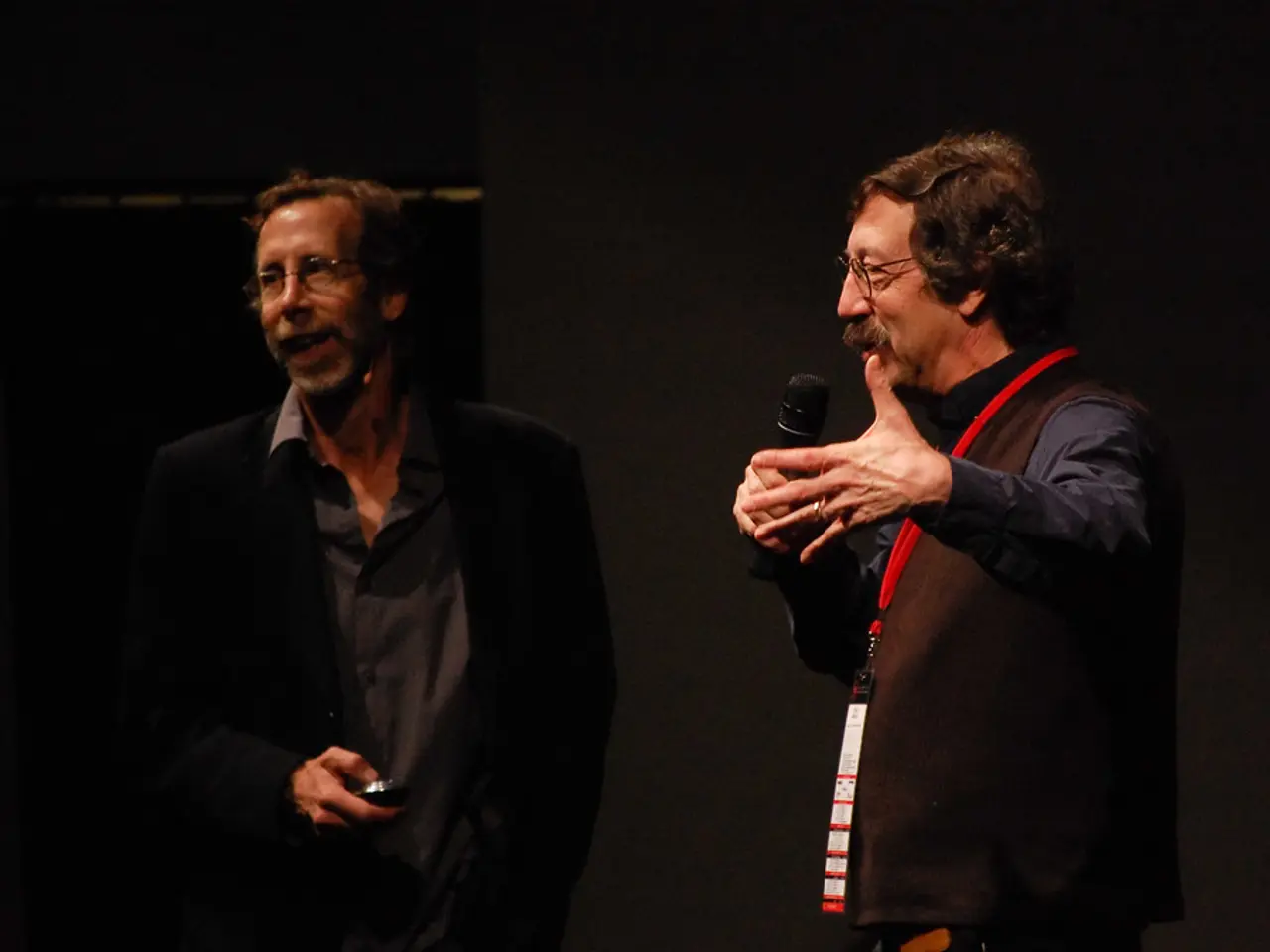The Key Insight: Incorporating Education Effectively in Storytelling: A Guide
Inside Out, the critically acclaimed animated film, offers a fresh perspective on storytelling and emotions that resonates with audiences worldwide. The movie demonstrates key lessons about portraying emotions as complex, interconnected forces rather than isolated reactions.
The film's visual and narrative metaphor of emotions operating in a control center externalizes internal feelings, illustrating mental processes such as memory, self-identity, and emotional regulation. This innovative approach invites writers to consider emotions as multifaceted and essential, not just positive or negative, allowing characters to experience growth through embracing all feelings rather than suppressing some.
Moreover, Inside Out encourages the use of metaphors or creative frameworks to make abstract psychological states accessible and relatable, helping the audience empathize deeply with characters. The movie also showcases how emotional dysregulation affects perception and behavior, adding psychological realism and tension to narratives.
The film highlights that identity is dynamic and influenced by emotional experiences and coping mechanisms, providing rich character development opportunities. Depicting emotional balance as a form of resilience, Inside Out demonstrates characters' journeys toward self-awareness and acceptance.
Applying these lessons helps create nuanced characters with believable inner lives and emotionally engaging narratives that resonate with audiences beyond surface-level feelings. Inside Out's success lies in its ability to humanize the complexity of emotions and make them integral to storytelling rather than background context.
Interestingly, Inside Out initially portrayed Sadness as disruptive and incompetent. However, upon closer examination, the author realised that this portrayal challenged their own beliefs about emotions. The movie deliberately tried to make its audience have a negative reaction towards Sadness, but as the story unfolds, it becomes clear that Sadness plays a crucial role in understanding and processing complex emotions.
The best lessons are relatable to the audience, and Inside Out's moral is no exception. If a storyteller wants to encourage their audience not to do something, they should have a character do it with realistic results. Inside Out is one of the best educational stories the author has ever seen, as it teaches about the importance of embracing all emotions and the role they play in our lives.
Effective teaching in a story can make old lessons new, and Inside Out is a prime example of this. The movie didn't initially make it obvious that it was teaching a lesson, but its impact is undeniable. The author made a list of the things that made the moral of Inside Out so convincing and the lesson so profound, including its relatability, emotional depth, and psychological realism.
In conclusion, Inside Out offers a revolutionary approach to storytelling and emotions that encourages writers to portray emotions as multifaceted and essential, use creative frameworks to make abstract psychological states accessible, and depict emotional balance as a form of resilience. The movie's success lies in its ability to humanize the complexity of emotions and make them integral to storytelling, offering a fresh perspective that resonates with audiences.
- To create compelling characters and narratives, writers can learn from Inside Out by considering emotions as complex, interconnected forces, much like the film's portrayal of emotions functioning in a control center.
- In addition to encouraging writers to delve deeper into emotions, Inside Out also motivates them to use books as a means of conveying these complexities, offering storytellers a rich medium for exploring and sharing these essential human experiences.







